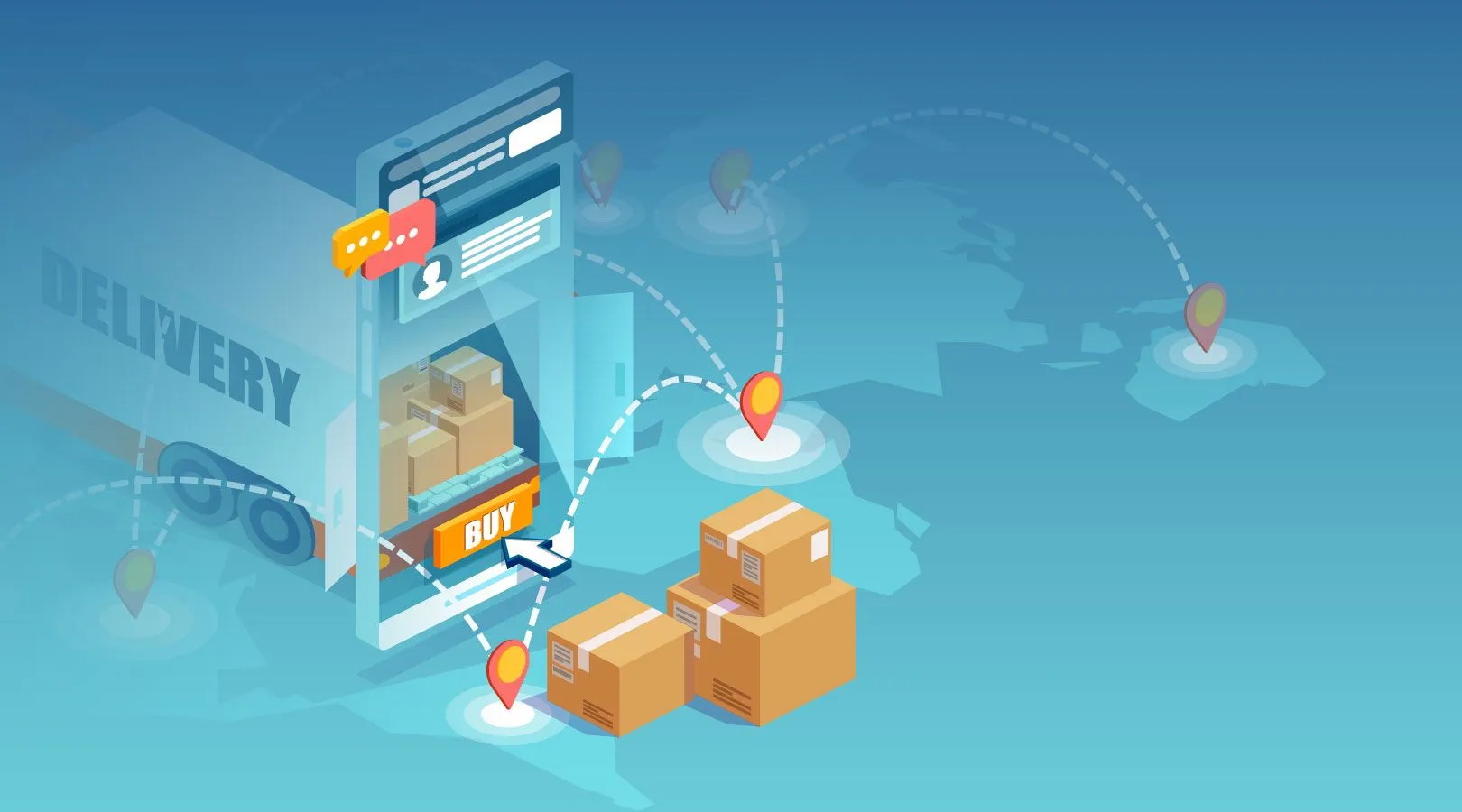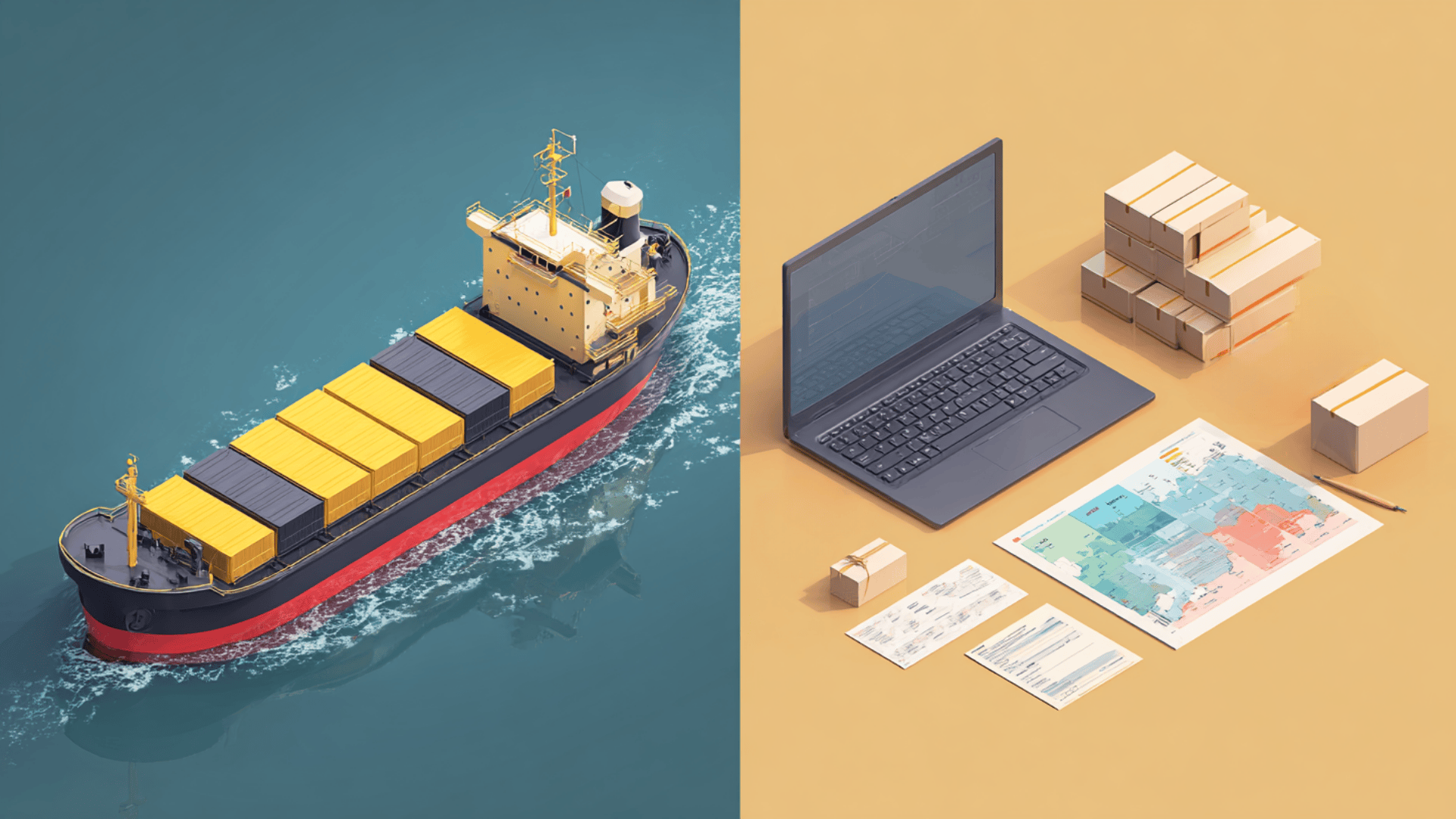Guía de seguimiento de envíos internacionales: Rastrear más rápido, menos estrés
Los envíos internacionales a menudo parecen un juego de espera. Después de hacer un pedido, pueden pasar días o semanas hasta que llegue el paquete, y durante ese tiempo aumenta la incertidumbre. ¿Ha pasado la aduana? ¿Sigue en el aeropuerto? ¿Llegará a tiempo? La solución está en Seguimiento de envíos internacionalesUn sistema que proporciona visibilidad en cada paso del recorrido de su paquete.
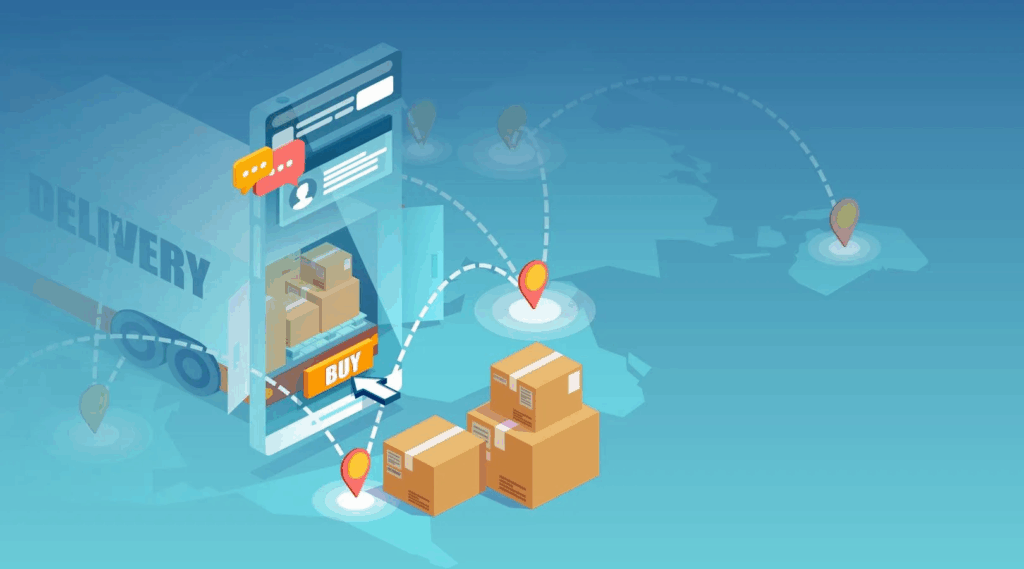
Esta guía explica cómo funciona el seguimiento, qué problemas suelen tener los clientes y cómo reducir el estrés mientras se esperan las entregas. Tanto si es usted un comprador online como una empresa que realiza envíos al extranjero, comprender el seguimiento de los envíos es la clave para una logística global más fluida.
¿Por qué es esencial el seguimiento de los envíos internacionales?
¿Qué diferencia el seguimiento del envío nacional?
Los envíos nacionales son relativamente sencillos: un mensajero, una ruta y una normativa coherente. En cambio, los paquetes internacionales suelen implicar:
- Varios transportistas manipulación del paquete a través de las fronteras.
- Diferentes sistemas de escaneado y frecuencias de actualización.
- Controles aduaneros que pueden añadir retrasos.
Sin un sistema de seguimiento, los clientes no tendrían ni idea de dónde está su paquete una vez que sale del país de origen.
Ventajas para los compradores
- Transparencia: Las actualizaciones muestran cuándo el paquete sale del vendedor, entra en la aduana o llega al mensajero local.
- Confíe en: Ver un calendario claro reduce la ansiedad por las largas esperas.
- Controlar: Los clientes pueden planificar sus horarios en función de las fechas de entrega estimadas.
Ventajas para las empresas
- Menos preguntas de los clientes: "¿Dónde está mi pedido?
- Mayor satisfacción del cliente mediante actualizaciones proactivas.
- Mayor reputación de las prácticas de envío fiables.
¿Cómo funciona el seguimiento de envíos internacionales?
El seguimiento es algo más que introducir un número en una página web. Es una red de tecnología y cooperación entre transportistas.
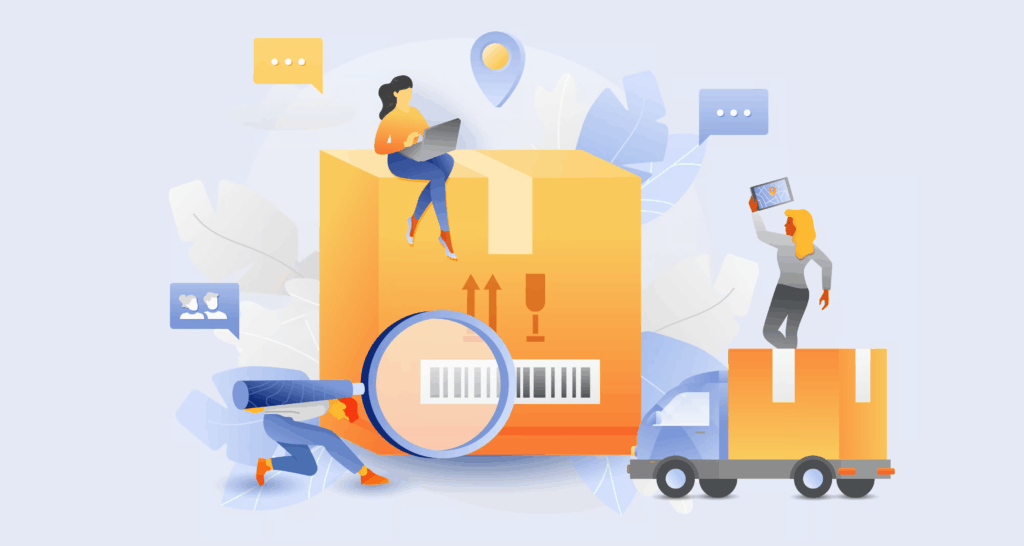
El proceso paso a paso
- Creación de etiquetas
- El vendedor genera una etiqueta de envío con un número de seguimiento único.
- Este número se activa una vez que el paquete es escaneado en la instalación de origen.
- Tránsito dentro del país de origen
- Los transportistas locales transportan el paquete a un aeropuerto o centro internacional.
- Cada punto de control crea un registro digital.
- Despacho de exportación
- La aduana del país de origen despacha el paquete para la exportación.
- El sistema de seguimiento registra "Partió del origen".
- Tránsito internacional
- El paquete viaja por vía aérea o marítima.
- Durante esta fase, las actualizaciones pueden detenerse durante varios días.
- Despacho aduanero de importación
- La aduana del país de destino evalúa el paquete.
- Pueden exigirse documentos o tasas adicionales.
- Entrega local
- Un mensajero regional toma el relevo para el tramo final.
- La entrega se confirma con el escaneado final.
¿Por qué a veces es incoherente?
- Es posible que los transportistas no actualicen los sistemas en tiempo real.
- Las empresas logísticas más pequeñas pueden no integrarse globalmente.
- Las diferencias horarias provocan retrasos en los informes.
¿Qué problemas pueden surgir con el seguimiento de envíos internacionales?
Ni siquiera los sistemas avanzados son perfectos. Conocer los problemas más comunes puede ayudarte a prepararte.
¿Por qué mi paquete parece atascado?
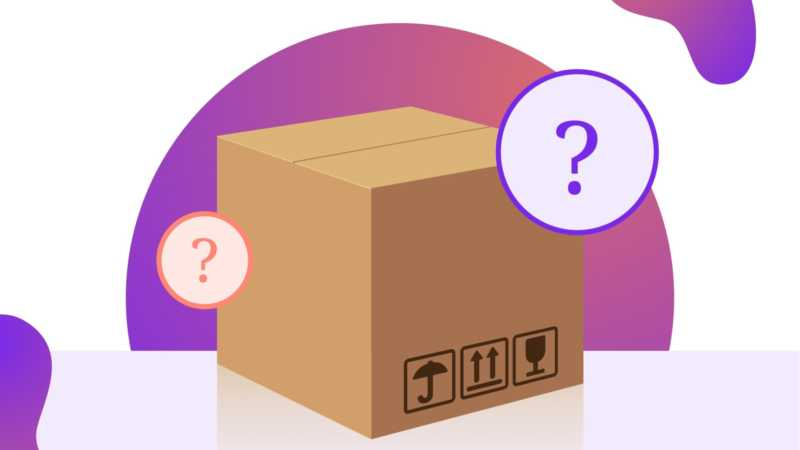
- Lagunas en tránsito: Cuando los paquetes se envían por avión al extranjero, es posible que las actualizaciones se interrumpan hasta su llegada.
- Tramitación aduanera: Los paquetes pueden permanecer "en despacho" durante días.
- Transiciones portadoras: Cuando un nuevo mensajero toma el relevo, las actualizaciones pueden retrasarse.
¿Por qué mi número de seguimiento no es válido?
- El paquete aún no ha sido escaneado.
- El vendedor facilitó el número antes del envío.
- El sistema de mensajería tarda en sincronizar los datos.
¿Por qué cambian continuamente los plazos de entrega?
- Mal tiempo que afecten a los vuelos o al transporte marítimo.
- Perturbaciones políticas o regionales en las fronteras.
- Aumento del tráfico durante las vacaciones y las temporadas altas de ventas.
¿Cómo pueden los compradores hacer un seguimiento más eficaz de los envíos internacionales?
Utilizar varias fuentes de seguimiento
- Introduzca el número en el sitio web del servicio de mensajería de origen para las primeras actualizaciones.
- Compruebe el sitio web del servicio de mensajería de destino una vez que el paquete llegue a su país.
- Pruebe las plataformas de seguimiento global que consolidan los datos de varios transportistas.
Suscribirse a las alertas

- Muchas compañías ofrecen notificaciones por SMS o correo electrónico.
- Las alertas en tiempo real ahorran tiempo en comparación con la comprobación manual.
Tenga a mano los documentos
- Para las mercancías de gran valor, las aduanas pueden solicitar facturas o documentos de identidad.
- Tener la documentación preparada evita retrasos innecesarios.
Póngase en contacto con el servicio de asistencia cuando lo necesite
- Si no hay actualización para más de 5 días laborables...ponte en contacto con el mensajero.
- Proporcione su número de seguimiento y el recibo de envío.
- Pregunte si el despacho de aduanas requiere pasos adicionales.
¿Qué papel desempeña la aduana en el seguimiento de los envíos internacionales?
La aduana suele ser la etapa más estresante, pero saber qué esperar reduce las preocupaciones.
¿Por qué retiene la aduana los paquetes?
- Controles de seguridad de artículos restringidos o prohibidos.
- Verificación del valor declarado para los impuestos de importación.
- Inspecciones aleatorias en horas punta.
¿Qué se puede ver en las actualizaciones de seguimiento?
- "Liquidación en curso". - Su paquete está siendo revisado.
- "Retenido por la aduana" - Se necesitan documentos adicionales.
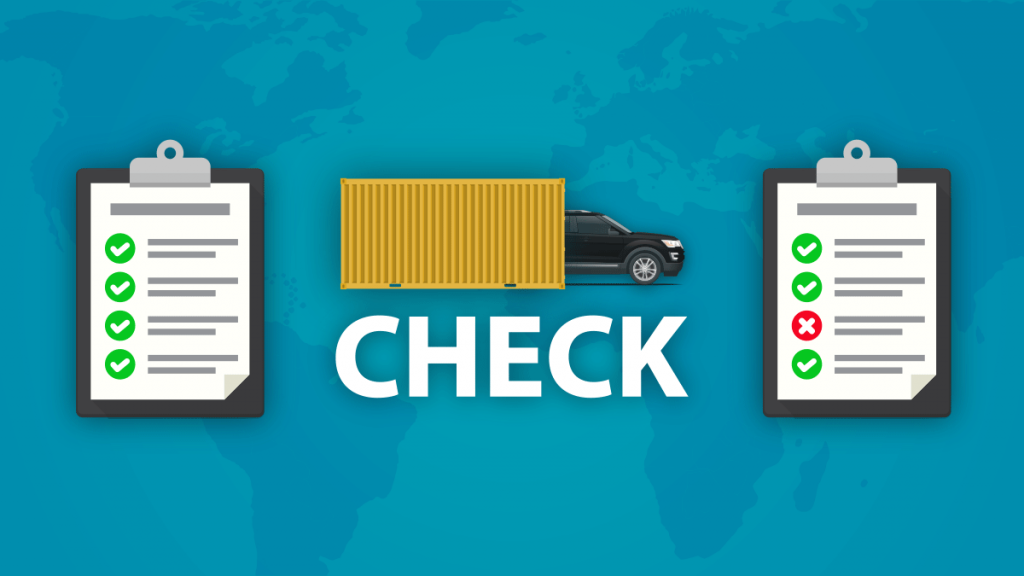
- "Liberado de la aduana" - Paquete despachado y listo para entrega local.
¿Cuánto suele durar?
- Paquetes pequeños: 1-3 días laborables.
- Electrónica o artículos de lujo: 3-7 días laborables.
- Temporadas de vacaciones: a veces más de una semana.
¿Cómo pueden las empresas mejorar el seguimiento de sus envíos internacionales?
Para los vendedores de comercio electrónico, el seguimiento no es sólo una herramienta de atención al cliente: forma parte de la experiencia de marca.
Proporcionar números de seguimiento fiables
- Comparta los números inmediatamente después del envío.
- Asegúrese de que el servicio de mensajería utilizado tiene cobertura internacional.
Integración con software de seguimiento
- Utilizar plataformas logísticas que unifican varios transportistas.
- Proporcione a los clientes un único panel de control para ver las actualizaciones.
Comunicar con claridad
- Envíe correos electrónicos automatizados cuando los envíos pasen a la siguiente fase.
- Informar a los clientes si se producen retrasos en las aduanas.
- Sea transparente sobre los plazos previstos en las distintas regiones.
Reducir las consultas WISMO

- Las solicitudes WISMO ("¿Dónde está mi pedido?") pueden abrumar al servicio de atención al cliente.
- Los enlaces de seguimiento claros y las actualizaciones proactivas reducen los costes de asistencia.
Consejos para rastrear envíos internacionales sin estrés
- Guardar el número de seguimiento - Trátelo como una contraseña hasta que se confirme la entrega.
- Esperar pausas - Los vuelos largos o el transporte marítimo pueden no mostrar actualizaciones durante días.
- Compruebe los sitios locales y mundiales - Los distintos sistemas se actualizan a velocidades diferentes.
- Comprender las normas aduaneras - Algunas mercancías casi siempre tardan más.
- Paciencia - La mayoría de los paquetes llegan dentro del plazo estimado, incluso con pequeños retrasos.
El futuro del seguimiento de los envíos internacionales
La tecnología evoluciona rápidamente para logística transfronteriza más transparente y eficaz.
IA y predicción del tiempo estimado de llegada
La inteligencia artificial analiza el tráfico, el historial aduanero y los datos meteorológicos para proporcionar estimaciones de entrega más precisas.
Seguimiento de Blockchain
Un libro de contabilidad blockchain podría almacenar cada escaneado y control en un sistema seguro y a prueba de manipulaciones. Esto mejoraría la rendición de cuentas y reduciría el fraude.
Envíos habilitados para IoT
Las etiquetas inteligentes y los dispositivos con GPS en el interior de los paquetes permiten un seguimiento en tiempo real de:
- Ubicación
- Temperatura
- Condiciones de manipulación
Estas innovaciones pronto darán tanto a las empresas como a los clientes mayor visibilidad y confianza.
Conclusión
Seguimiento de envíos internacionales ha transformado el comercio mundial al ofrecer a compradores y vendedores más control y visibilidad. Desde las actualizaciones de aduanas hasta los escaneos de entrega de última milla, proporciona una hoja de ruta del viaje de su paquete. Aunque sigue habiendo retrasos y lagunas en las actualizaciones, el uso de las herramientas adecuadas, la comprobación de múltiples fuentes y la paciencia pueden hacer que el proceso sea mucho menos estresante.
Para los compradores, el seguimiento significa tranquilidad. Para las empresas, reduce los costes de atención al cliente y genera confianza. A medida que la tecnología evoluciona, cabe esperar actualizaciones aún más precisas y transparentes en el futuro.
Para explorar formas más inteligentes de realizar el seguimiento de sus envíos y disfrutar de entregas sin estrés, visite PostalParcel.
Perspectivas del sector
noticias vía inbox
Nulla turp dis cursus. Integer liberos euismod pretium faucibua

